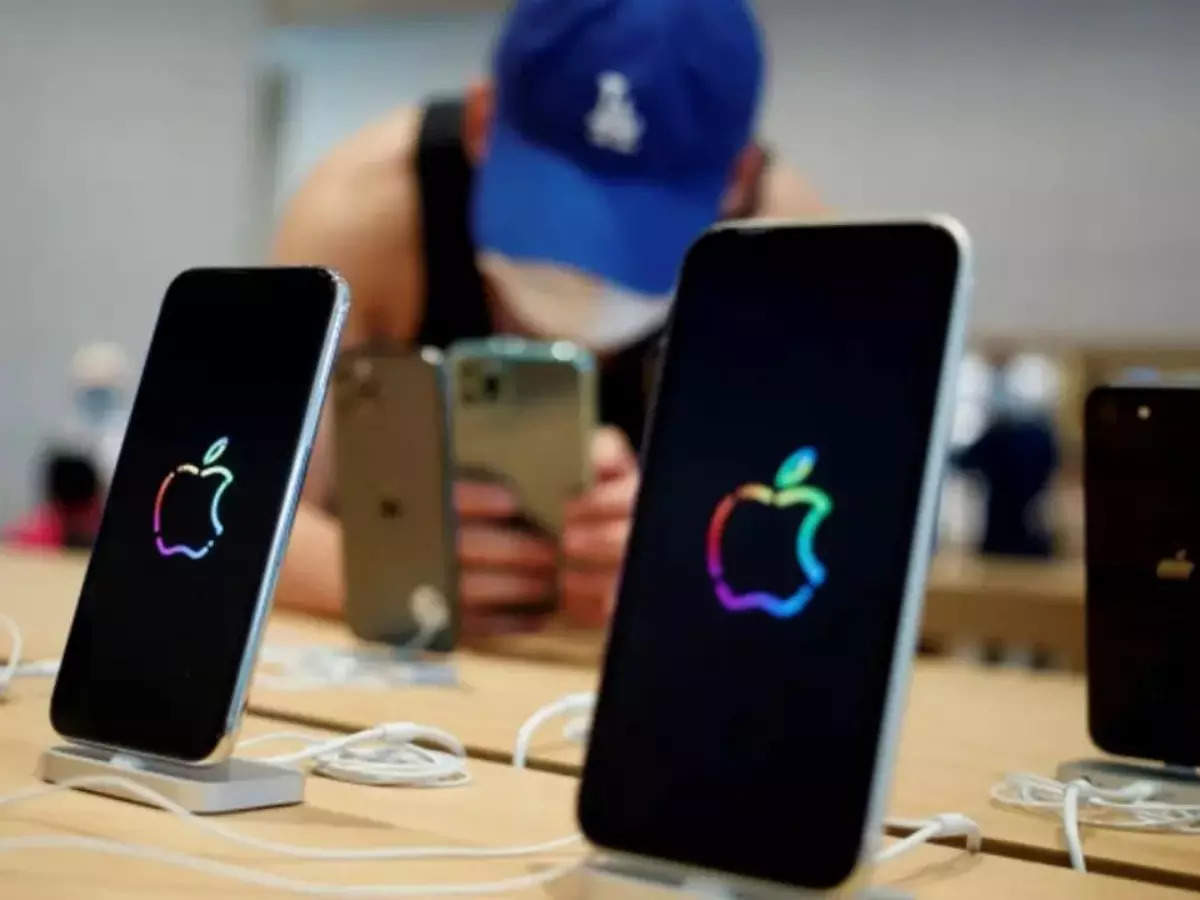Iphone: Apple Face ID: iPhone users should change this setting to maintain device privacy – Times of India

Face ID in iPhone: How it works
Apple’s Face ID utilises the TrueDepth camera in iPhones to record accurate face data. The iPhone camera can do this by projecting and analysing thousands of invisible dots. This feature can map all the curves and wrinkles on the user’s face and store the data as a key to unlock their phones.
Face ID can also adapt to discover changes in the user’s appearance. For instance, if they grow or shave a beard or wear even makeup. In such cases, the iPhone security feature confirms user identity with the help of the pre-set passcode and then it updates their facial data for the next unlock.
This tool is designed to work with scarves, hats, contact lenses, glasses, sunglasses and even face masks. Apple has also claimed that there’s a one-in-a-million chance for an iPhone to unlock with someone else’s face.
Can Face ID be bypassed by others
The most common fear among iPhone users is that if someone tries to unlock their smartphone by holding the phone to their face while they’re sleeping. It is important to note that Face ID authentication systems won’t work if the users have their eyes closed. However, iPhones come with a setting that can bypass this safeguard when enabled. Here’s how you can prevent that from happening.
Accessibility features in iPhone
Just like any other smartphone, iPhones also include several accessibility features for users with vision, hearing, or mobility disabilities. Among these, AssistiveTouch is a feature that helps iPhone users who face difficulties with touching the screen or pressing the buttons. Apart from this, there are other features that can enlarge the text on the screen or make the iPhone dictate what’s written on the display and more.
The ‘risky’ accessibility features on iPhones
These features are important for users who struggle with physical disabilities but one such setting can put iPhone users’ safety at risk. The Face ID tool also includes an accessibility feature that supports users with blindness or poor vision. This setting allows the iPhone to unlock without needing the user to open their eyes.
How to disable this feature
To disable this feature, users need to go to their iPhone’s ‘Settings’ and navigate to the ‘Face ID & Attention’ option in the ‘Accessibility’ section. Here, users need to enable the ‘Require Attention for Face ID’ option to stop the phone from unlocking whenever their eyes are closed. Apple keeps this feature enabled by default, but someone with access to your iPhone can disable it and later unlock your phone while you are sleeping. Moreover, it is important to note that this accessibility setting is automatically disabled if users enable the ‘VoiceOver’ feature during the initial setup.
For all the latest Technology News Click Here
For the latest news and updates, follow us on Google News.

